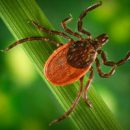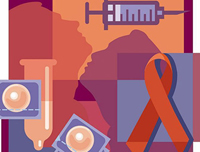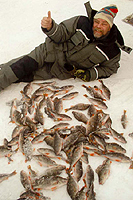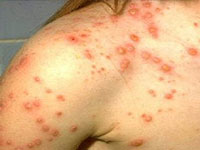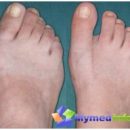Acute dysentery in children manifests itself with weakness, malaise, gravity pain. The treatment of amoebic dysentery in children is necessarily carried out in stationary conditions. About this and many other things in the article.
Content

Dysentery
refers to the group of intestinal infections in which the source of infection is
patient dysentery or bacteria carrier. Infection occurs from this
Categories of children or adults in the following paths:
- Household or contact — Infection happens
directly when contact with patients, through contaminated hands,
Obsite objects, such as dishes, door handles, switches and towels; - Food or water — When using infected
Products or polluted water.
Besides
There are mechanical carriers of dysentery — flies, in the warm season they
carry bacteria on their eats and trullings, precisely for this reason
marked seasonal increase in morbidity. It is especially noticeable in summer
months when children leave for the cottage or to the sea, where they often fall into food
Unwashed foods or vegetables with contaminated territories. Infection
possible when using infected water for drinking or swimming in open
Ponds.
Defeat
Colon, accompanied by general intoxication phenomena, is acute dysentery in children,
Such susceptible to this disease. More often sick weakened by other diseases
Gastrointestinal tract Children, for example, in chronic gastritis, cholecystitis,
Helmintosis. It is noted that the causative agent of dysentery is not destroyed in the stomach, and
Passing through the small intestine, it is embedded in a thick, where multiplies, produces
toxins and cause inflammation of the mucous.
Incubation
The period can continue within 2-7 days for the pathogen of dysentery
Located in the child's body. Then marks the body temperature to 39?WITH,
Pain in muscles and joints. Children complain of head and grapple-shaped pain in
abdomen, usually on the left. Student chair up to 20-25 times a day, some babies opens
vomiting and appear false urges for defecation. With significant dehydration begin
convulsions, language covered, fever possible, sometimes tachycardia is celebrated,
Reducing blood pressure, blood leukocytosis and the deafness of the tones of the heart.
Disease
It develops acutely, but after the treatment, recovery comes to 8-15
day, however, you can only talk about full recovery after 2 or more
months. In addition, possible complications and relapses should be mentioned,
Loading flow or chronic shape.
Dieseneria in children amoeban, or
Amebiaz
This is a form
Diseases caused by a dysentery ameject and manifests erosive-ulcerative
damage to colon. Not always hitting the AmeB to the child's body leads
To the fact that he is ill, sometimes a person becomes the carrier of the simplest and
represents the danger to others. Media isolated with emeb cyst feces,
which are transmitted by household through household items and dirty hands.
Infection of this form of illness occurs when the cyst of ameb cyst
Unlimited vegetables, with contaminated food and water when bathing in open water bodies,
In addition, cysts are spread with flies. The beginning of infection is usually acute with pronounced
Weakness, malaise, sharp pain in the stomach, high, up to 39-40?WITH
Temperature, lack of appetite, frequent chair up to 5-10 times a day, liquid
Blood and mucus. Described cases of broken flow of the disease when
well-being remains satisfactory, but at the same time there is a small
bloating and deaf rice. If parents neglect the rules
sanitary and hygienic regime and do not turn to the doctor in the hope of
Independent cure, the disease takes a protracted nature possible
Complications and transition to chronic form.
Dieseneria Flexner U
Children

Peculiarity
The dysentery of the flexner is that this form of the disease is more common in
adults, has a serious flow and manifests usually in a quit. At
Destructive changes in the mucous membrane of the Tolstoy are destructed
intestines characterized by neutrophilic leukocytosis and elevated soe. The flow of dysentery of the flexner in children is longer and protracted, and at an early age in this form of dysentery
Possible complications. Part of the passing children can be formed
The carrier of the causative agent, however, the duration does not exceed 1 month.


